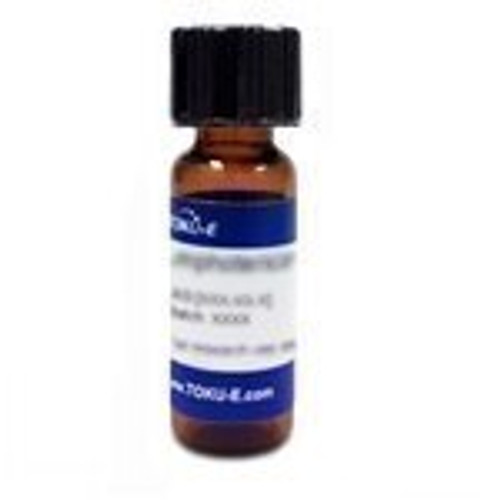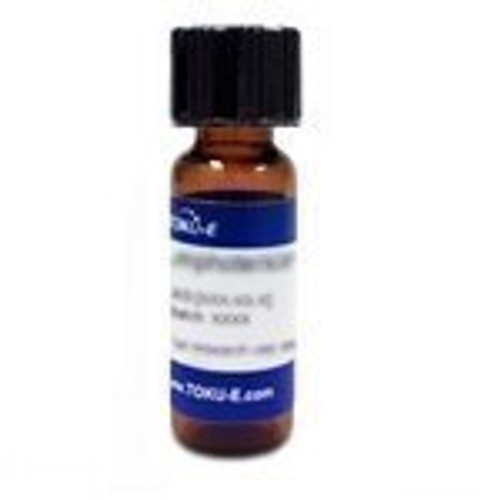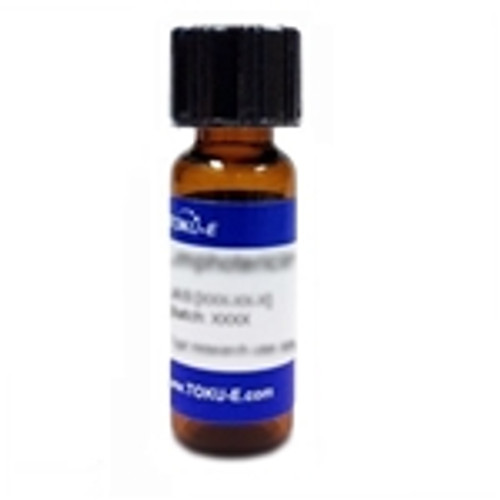Caspofungin Acetate is a lipopeptide echinocandin antifungal which specifically targets the fungal cell membrane. It is semisynthetically derived from a fermentation product of the fungus Glarea lozoyensis. As a β-1,3-D-glucan synthesis antagonist, the compound is used to study the effect of environmental and chemical stress on fungal survival. Caspofungin is an analog of pneumocandin B0. Caspofungin Acetate is sparingly soluble in water and slightly soluble in ethanol.
| Mechanism of Action | Caspofungin acts as an inhibitor of β(1,3)-D-Glucan synthase, an enzyme required for cell wall synthesis. Inhibition of this enzyme results in a disruption of the fungal cell wall integrity. |
| Spectrum | Caspofungin Acetate is effective against yeasts and molds including Candida and Aspergillus spp. |
| Microbiology Applications |
Caspofungin MIC is ≤ 1 µg/ml for Candida. For additional MIC data on Candida or other fungi, please consult our Antimicrobial Index. |
| Molecular Formula | C52H88N10O15 • 2C2H4O2 |
| Solubility | Sparingly soluble in water. Slightly soluble in ethanol. |
| Source | Semi-synthetic; derived from a fermentation product of the fungus Glarea lozoyensis. |
| References |
Ghannoum MA and Rice LB (1999) Antifungal agents: Mode of action, mechanisms of resistance, and correlation of these mechanisms with bacterial resistance. Clin. Microbiol. Rev. 501:17 PMID 10515900 Hao B, Cheng S, Clancy CJ and Nguyen MH (2013) Caspofungin kills Candida albicans by causing both cellular apoptosis and necrosis. Antimicrob. Agents Chemother. 57(1):326-332 PMID 23114781 Pacetti SA, Gelone SP (2003) Caspofungin acetate for treatment of invasive fungal infections. Ann Pharmacother. 37(1):90-98 PMID 12503942 |








